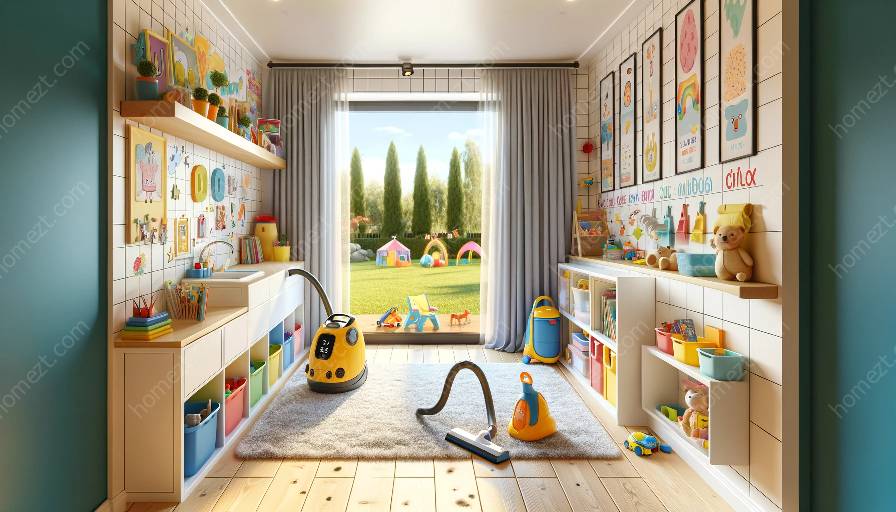Cleaning can be challenging, especially when it comes to involving children and maintaining cleanliness in their rooms. However, with the right strategies and techniques, it can become a fun and educational experience for both children and parents.
Creating a Cleaning Routine Together
One effective way to involve children in cleaning is to create a cleaning routine together. Sit down with your kids and discuss the importance of keeping their rooms clean. Explain that everyone in the household, including the children, should contribute to maintaining a tidy and organized living space. Encourage them to provide input on when and how often cleaning tasks should be performed.
Making Cleaning Enjoyable
Children are more likely to participate in cleaning if it's made enjoyable. Turn cleaning into a game or challenge by setting a timer and seeing who can tidy up the fastest. Use upbeat music and dance along while cleaning to make the experience more fun. Consider creating a reward system for completing cleaning tasks, such as allowing extra playtime or a special treat.
Providing Child-Friendly Cleaning Tools
To encourage children to take an active role in cleaning their rooms, provide them with child-friendly cleaning tools. Small, lightweight brooms, dustpans, and dusters designed for kids can make cleaning feel more exciting and less intimidating. Additionally, using colorful and attractive cleaning supplies can spark their interest in tidying up.
Leading by Example
Children often learn by observing others, so it's important for parents to lead by example when it comes to cleaning. Show your children that you also participate in household chores and make an effort to keep your own spaces clean. By demonstrating the value of a clean environment, you can inspire kids to follow suit.
Teaching Proper Cleaning Techniques
Take the time to teach children proper cleaning techniques and explain the importance of each task. Show them how to effectively make their beds, organize their toys, and wipe down surfaces. By providing them with the knowledge and skills for cleaning, you empower them to take ownership of their cleaning responsibilities.
Maintaining Cleanliness in Children’s Rooms
Maintaining cleanliness in children’s rooms requires a proactive approach. Implement simple organizational systems, such as labeled bins and shelves, to help children keep their belongings in order. Encourage them to regularly declutter by sorting through toys, books, and clothes and donating or discarding items they no longer use.
Home Cleansing Techniques
When it comes to home cleansing techniques, there are several approaches that can help maintain a clean and healthy living environment. Incorporating natural cleaning products, such as vinegar and baking soda, can be a safe and effective way to clean various surfaces in the home. Additionally, establishing a regular cleaning schedule for each room can prevent dirt and clutter from accumulating.
Conclusion
By implementing these strategies for involving children in cleaning, maintaining cleanliness in their rooms, and utilizing effective home cleansing techniques, parents can create a collaborative and positive cleaning environment within the household. Encouraging children to take an active role in household chores not only teaches them valuable life skills but also fosters a sense of responsibility and pride in their living space.


